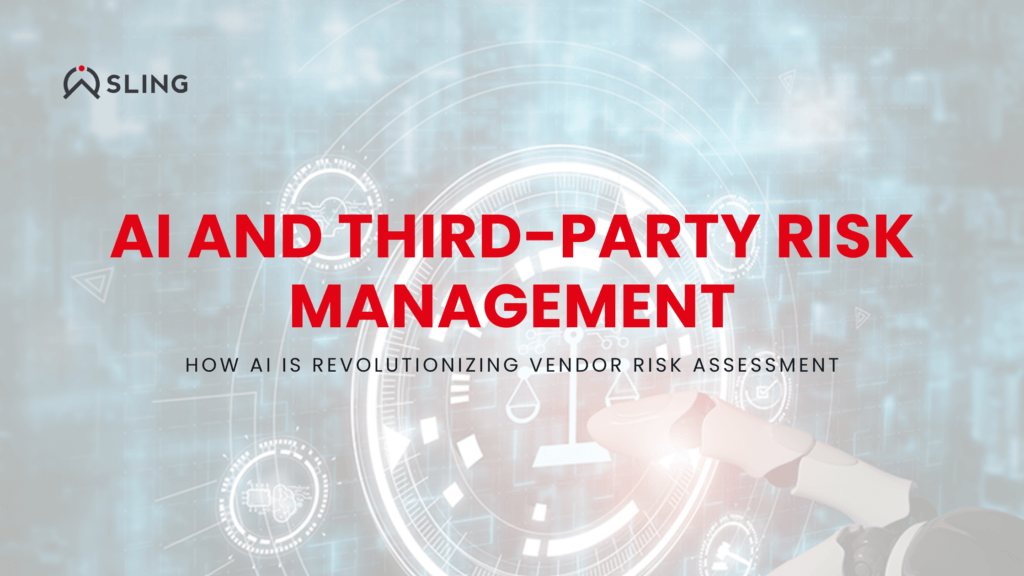Artificial Intelligence (AI) is transforming third-party risk management (TPRM) by automating complex processes, improving risk assessment accuracy, and providing real-time monitoring of vendors. Organizations today rely heavily on third parties; from suppliers and service providers to cloud platforms and outsourcing partners. However, managing these external relationships comes with significant risks, including cybersecurity threats, compliance violations, and supply chain disruptions.
Traditional TPRM solutions often struggle with scalability, efficiency, and accuracy. AI is revolutionizing the field by enabling organizations to analyze vast amounts of structured and unstructured data, detect risks in real-time, and predict future weak links. These capabilities allow businesses to proactively address risks before they escalate, ensuring a more resilient and compliant vendor ecosystem.
The Growing Need for AI in Third-Party Risk Management
As businesses increasingly depend on third parties to drive efficiency, innovation, and growth, the complexity of managing vendor risks has escalated. Traditional risk management methods struggle to keep pace with the sheer volume of vendors, dynamic regulatory requirements, and emerging cybersecurity threats. AI provides a much-needed solution by offering real-time analysis, predictive capabilities, and automation to help organizations manage third-party risks more effectively.
The Complexity of Third-Party Risks
Managing third-party risks is more challenging than ever due to the following factors:
- Expanding Vendor Ecosystems: Modern organizations rely on a vast network of suppliers, contractors, and service providers, making it difficult to track and assess risks effectively.
- Regulatory Compliance Challenges: Businesses must comply with a growing number of global regulations, such as GDPR, HIPPA, DORA, and ISO 27001, which require stringent vendor risk assessments.
- Cybersecurity Vulnerabilities: Third parties often introduce security gaps, leading to potential data breaches, ransomware attacks, or different types of cyber incidents.
- Supply Chain Disruptions: Political instability, natural disasters, and economic shifts can disrupt supply chains, causing operational and financial setbacks.
- Lack of Visibility: Many organizations lack real-time visibility into vendor risk profiles, making it difficult to detect and mitigate threats before they escalate.
These challenges highlight the urgent need for AI-driven risk management solutions that can process vast amounts of data, identify patterns, and provide actionable insights.
Traditional TPRM vs. AI-Powered TPRM
Traditional third-party risk management relies heavily on manual processes, subjective evaluations, and static risk assessment models. AI-powered risk management, in contrast, enhances efficiency, accuracy, and scalability.
| Factor | Traditional TPRM | AI-Powered TPRM |
| Risk Identification | Manual audits and checklists | AI-driven real-time monitoring |
| Risk Assessment | Subjective evaluations | Data-driven predictions |
| Efficiency | Slow, resource-intensive | Automated, scalable |
| Adaptability | Static frameworks | Self-learning AI models |
Key Takeaways
- AI can analyze large datasets in real time to provide continuous vendor risk monitoring.
- Predictive analytics help identify potential risks before they become critical threats.
- Automation reduces manual workload, allowing risk management teams to focus on high-priority issues rather than repetitive tasks.
- AI models learn and adapt, improving over time to provide more accurate risk assessments.
By leveraging AI, organizations can overcome the limitations of traditional risk management and build a proactive approach to third-party risk mitigation.
Key Benefits of AI in Third-Party Risk Management
AI is transforming third-party risk management by enhancing efficiency, improving accuracy, and providing real-time risk insights. Unlike traditional risk management methods, which rely on periodic assessments and manual reviews, AI-driven solutions can process vast amounts of structured and unstructured data continuously, helping organizations detect, assess, and mitigate risks faster than ever before.
Real-Time Risk Monitoring
Traditional vendor assessments are often conducted annually or quarterly, leaving gaps in risk visibility. AI-driven solutions eliminate these blind spots by enabling continuous risk monitoring through:
- Anomaly Detection: Machine learning algorithms identify suspicious patterns or unusual behavior, such as compliance violations, or sudden changes in vendor operations.
- Innovative Risk Assessment: AI driven assessmsents identify correlations between risk markers and poor outcomes, therefore they can perform more adaptive risk assessments.
- Real-Time Alerts: AI sends instant notifications when it detects high-risk activities, allowing organizations to respond before issues escalate.
Automated Risk Assessments and Due Diligence
AI simplifies and accelerates risk assessments by automating vendor due diligence. Instead of relying on time-consuming, manual questionnaires, AI can:
- Extract Data from Multiple Sources: AI gathers risk indicators from public records and internal assessments.
- Analyze Unstructured Data: Natural Language Processing (NLP) enables AI to interpret findings with high accuracy.
- Generate Risk Scores: AI assigns dynamic risk scores to vendors based on factors like cybersecurity posture, and regulatory compliance.
Enhanced Compliance and Regulatory Adherence
Regulatory compliance is one of the prominent challenges in third-party risk management. AI helps organizations stay compliant by:
- Tracking Evolving Regulations: AI continuously monitors GDPR, CCPA, SOC 2, ISO 27001, NIST, and other global regulations to ensure vendors meet required standards and provide guidance.
- Automating Compliance Audits: AI cross-references vendor practices against regulatory frameworks, flagging non-compliance automatically.
- Streamlined Reporting: AI generates real-time compliance reports, reducing manual effort and ensuring audit readiness.
Cost Reduction and Resource Optimization
AI-driven third-party risk management reduces costs by minimizing:
- Manual Labor Costs: AI reduces dependency on large risk management teams by automating routine tasks.
- Financial Losses from Vendor Failures: AI-driven early warnings help prevent financial and operational losses due to vendor disruptions.
- Regulatory Fines: AI ensures vendors remain compliant, reducing the risk of non-compliance penalties.
Future of AI in Third-Party Risk Management
As AI technology advances, its role in third-party risk management (TPRM) will continue to expand. AI-driven solutions are becoming more sophisticated and reliable, offering enhanced predictive analytics, deeper integration with compliance frameworks, and more autonomous decision-making capabilities. Alongside these advancements, increased regulatory oversight and evolving supply chain challenges will shape the way organizations leverage AI in risk management.
Businesses must welcome innovation while maintaining appropriate AI governance as Artificial Intelligence continues to influence third-party risk management. Companies that successfully balance AI’s efficiency, predictive power, and compliance requirements will be best positioned to navigate the complexities of third-party risk in the years to come.



